calf cramp at night (NOCTURNAL LEG CRAMP)
Body Part:
Leg
Equipment:
The Stretching Strap & Osteopressure Tool
Level:
Beginner
Body Part:
Leg
Equipment:
The Stretching Strap & Osteopressure Tool
Level:
Beginner
You’re asleep, getting that restorative shut-eye you so desperately need. Ah, blissful rest. Suddenly, ouch! You’re jolted awake because of shooting pain in the back of your leg. It’s a calf cramp. Your eyes are wide open. You sit up. It’s only the middle of the night, and you wonder if you’ll ever fall back asleep. How do you get rid of that clenched feeling in your calf? You need your z’s. Our routine for calf cramps at night can help. The routine only takes 10 minutes, alleviating that intense pain so you can fall back asleep. If calf cramps interrupt your sleep regularly, you can help prevent frequent leg cramps by making these stretches part of your bedtime routine. All you need is our Stretching Strap and the Spherical Handle with the soft rounded attachment from our Osteopressure tool set. If you don’t have our tools, you can use a towel and a whittled cork. Jump to our routine or keep reading to learn about night calf cramps.
Nocturnal leg cramps are contractions that occur mostly in the calf 1) They are usually nothing to worry about. Also known as NLC or a charley horse, these painful leg cramps happen suddenly without any warning: the calf muscle contracts involuntarily, causing tightness and pain that ranges from uncomfortable to unbearable. Calf cramps feel like the muscle has been tied into a knot; they can last from seconds to minutes. A calf cramp can cause your leg muscles to spasm, which is when the muscle contracts suddenly and involuntarily and then relaxes. (A cramp lasts longer than a spasm and can be relieved by stretching or massaging the affected muscle.) After your calf cramp goes away, the surrounding muscles may be sore; the soreness can last for days.
Anyone of any age can experience leg cramps at night. Up to sixty per cent of adults2) and seven per cent of children report experiencing sleep leg cramps. They’re more common in people over 60 because our tendons shorten as we age.
Calf cramps at night can be caused by:
Medical conditions that may cause calf cramps at night include kidney failure and diabetes. Some confuse restless legs syndrome (RLS) with nocturnal leg cramps since both happen at night or when your legs are inactive. Restless legs syndrome (a far more serious condition) causes a twitching, tingling sensation in the leg followed by a forceful impulse to move your leg; calf cramps are painful.
Often, nocturnal calf cramps have no apparent cause.
If night calf cramps disrupt your sleep, you may be tired the next day. Continual sleep disruptions can lead to insomnia.
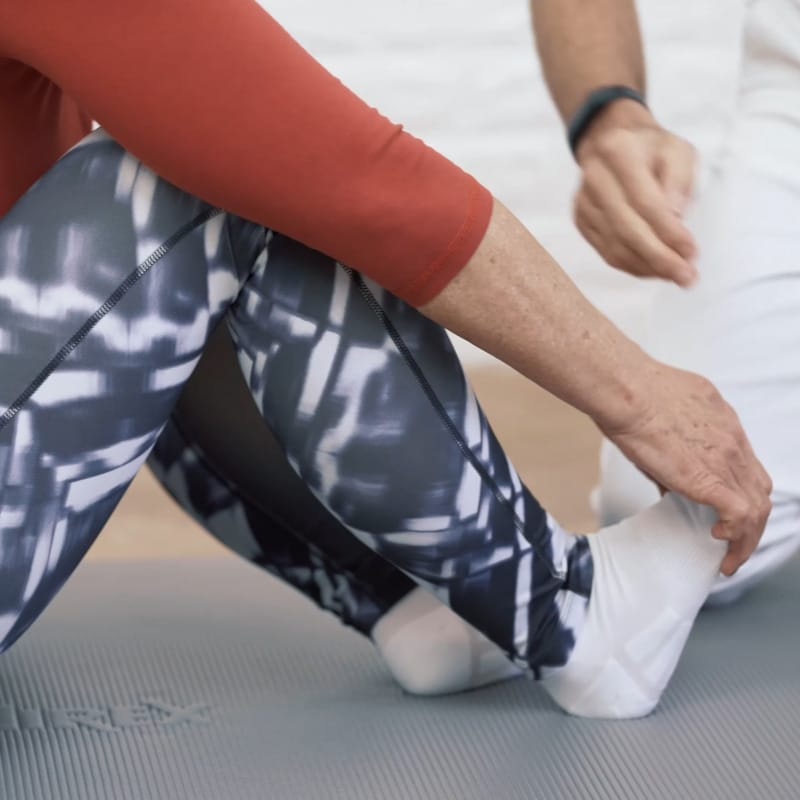
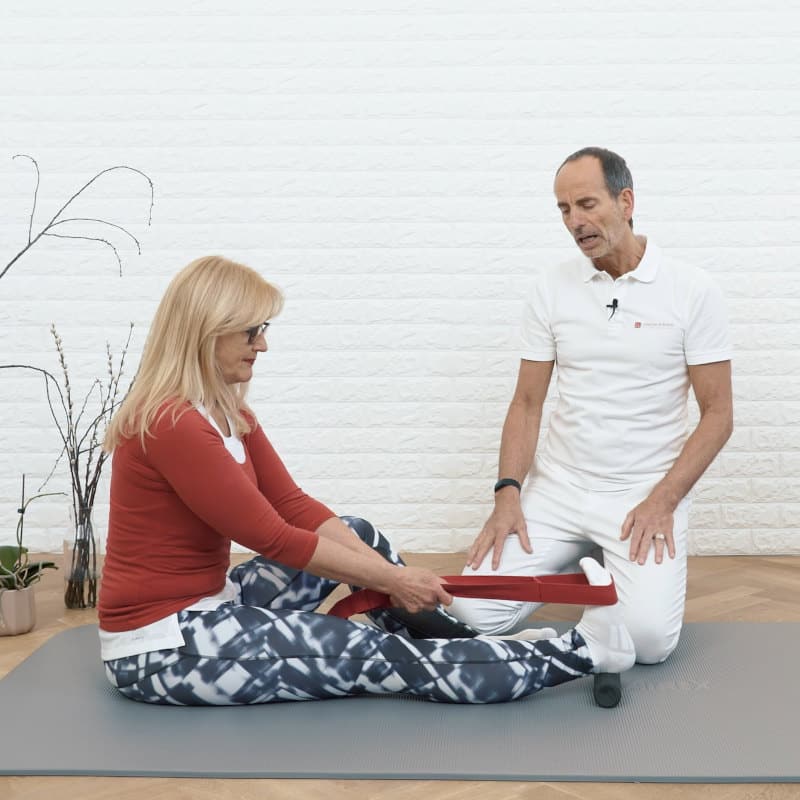
You’ll need our Stretching Strap or a belt and the Mini Foam Roller or a pillow for this stretch.
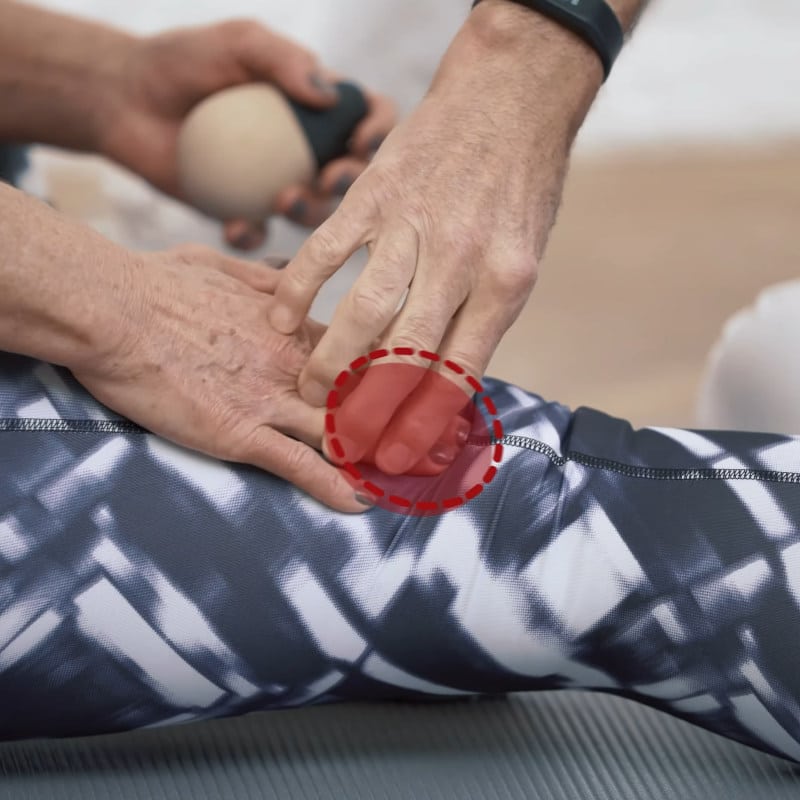
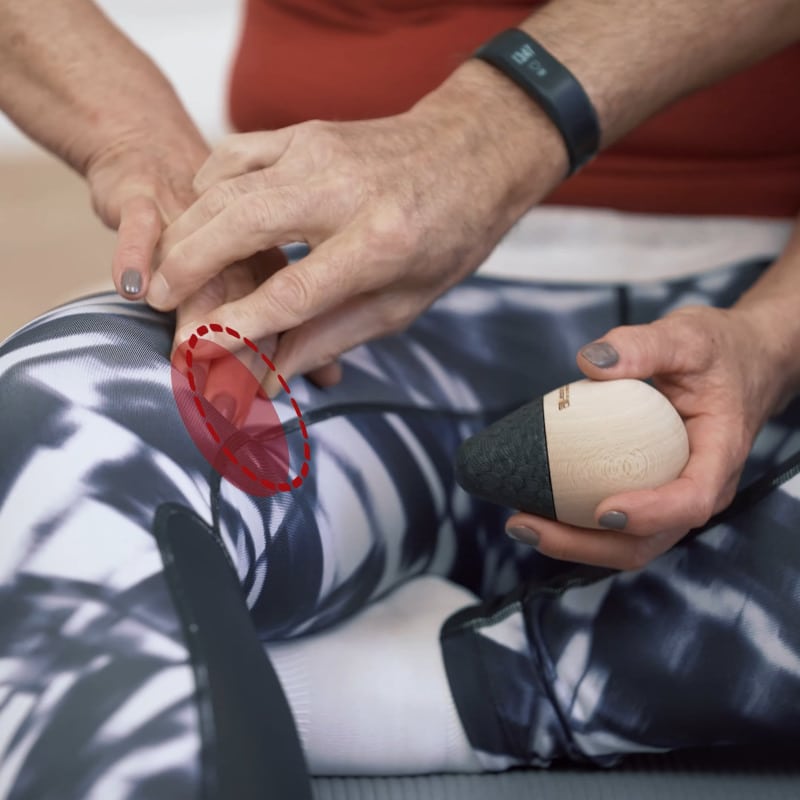
You’ll need the Spherical Handle with the soft rounded attachment from our Osteopressure tool set for this exercise. If you don’t have our tool, use a whittled cork.
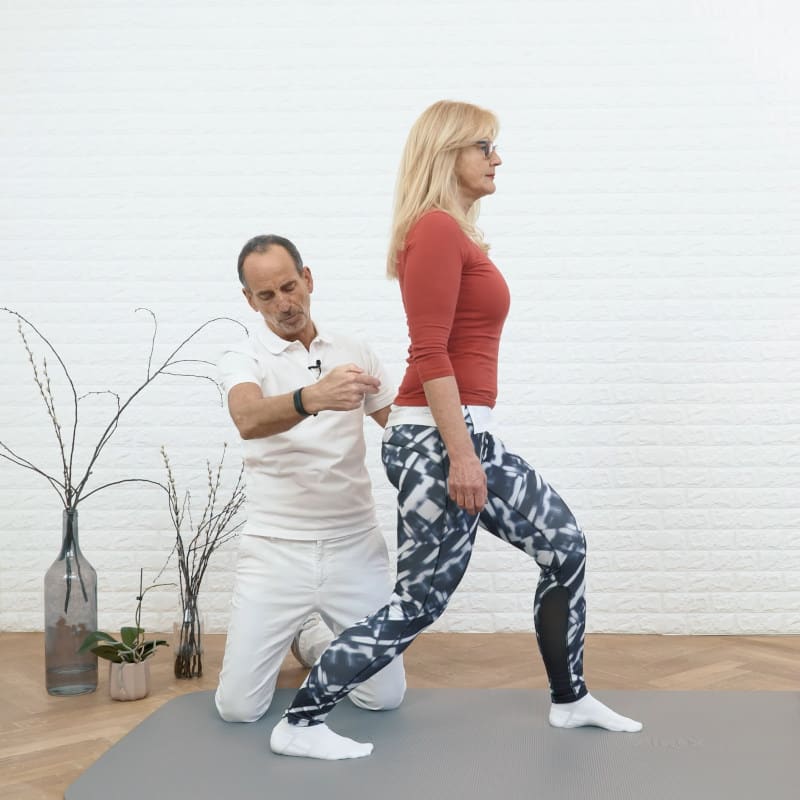
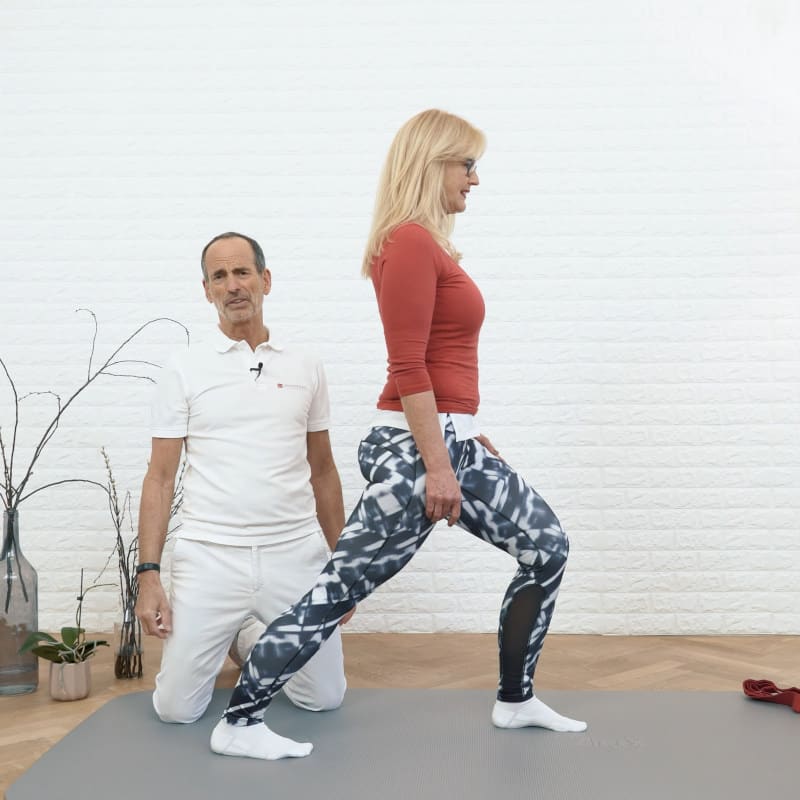
Perform our stretching routine every night before turning out the light.
Our tips for preventing leg cramps at night.
Stay hydrated! Drinking the recommended amount of water daily keeps your muscles hydrated and improves their function. Limit your alcohol and caffeine intake. (Remember, caffeine isn’t only in coffee and tea; it’s also in foods.)
Sleep on your back with your legs straight. This sleeping position can help counteract the negative effects of sitting with your legs bent all day.
Consult your doctor if your calf cramps occur several times per week, do not go away on their own or with stretching exercises, or your legs are swollen or feel numb.
Leg pain can impact the simplest to the most complex of our movements. This relief routine covers your entire leg, from the tops of your toes to the tips of your hips.
Relieve Your Leg PainThe perfect 15-minute stress reliever! This full-body stretching routine helps increase flexibility, keeps your joints and fascia healthy, and clears your head.
De-stress From Head to ToeTight calf muscles can interfere with our ability to move easily and impact our quality of life. Loosen your lower limb muscles with this 8-minute stretching routine.
Crush Calf Pain Now